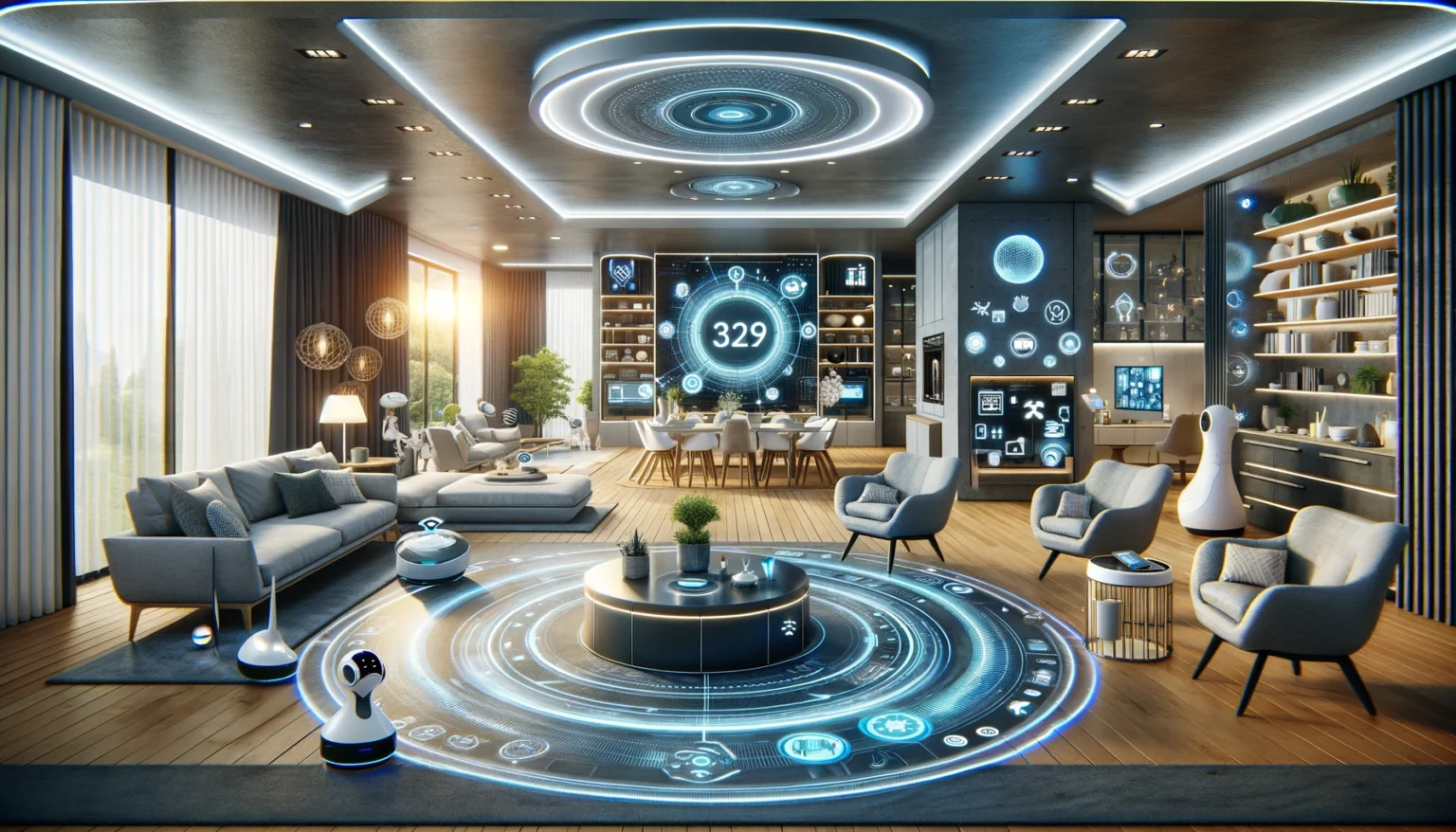Welcome to the technology of the Smart Home—a testament to how the Internet of Things (IoT) is revolutionizing our domestic areas. This transformation is not just a jump but a continuing integration right into a greater connected, responsive, and smart lifestyle. Our abodes, as soon as static environments, are actually dynamic hubs wherein comfort, comfort, and manipulate are just a faucet away. As we stand on the point of what will be the standard of future living, allow’s delve into how the upward thrust of smart homes is redefining our normal life, making it extra attuned to our needs and dreams. Through this blog, we embark on a journey to explore the problematic community of IoT and the way it powers the smart homes that are not only reshaping our residing areas however also the landscape of opportunities for tech marketers.
The Rise of Smart Homes
In recent years, our homes have become smarter and more connected than ever before. Gone are the days of manually adjusting thermostats, flipping light switches, and worrying about security when you’re away. Thanks to the Internet of Things (IoT), homes are now transforming into intelligent ecosystems.
The Power of IoT
IoT, in a nutshell, involves connecting everyday devices and appliances to the internet, allowing them to communicate and share data. When it comes to home automation, this technology is a game-changer. Imagine a home where your lights, thermostat, refrigerator, security system, and even your coffee maker are all interconnected and accessible through your smartphone.
Enhancing Convenience and Comfort
One of the most significant advantages of smart homes is the unparalleled convenience they offer. Imagine arriving home on a scorching summer day, and your air conditioning system has already cooled your living room to the perfect temperature. Or, picture a cozy evening where you can effortlessly dim the lights and queue up your favorite playlist, all with a simple voice command.
Security and Peace of Mind
Home security has also taken a massive leap forward with IoT. Smart cameras, doorbell cameras, and sensors can send real-time alerts to your phone if any suspicious activity is detected. Whether you’re at work or on vacation, you can keep an eye on your property and loved ones, providing peace of mind like never before.
Energy Efficiency and Savings
Additionally, smart homes promote energy efficiency. IoT-enabled thermostats can learn your preferences and adjust heating and cooling accordingly, ultimately saving you money on energy bills. Smart appliances can also optimize their usage patterns to reduce wastage.
The Future of Home Automation
As tech marketers, it’s crucial to recognize that the potential for smart homes is limitless. The future promises even more innovations, from AI-powered personal assistants that anticipate your needs to seamless integration with electric vehicles and renewable energy sources.
Marketing Opportunities
So, how can we, as tech marketers, seize the opportunities presented by the burgeoning smart home industry? Start by understanding the pain points and desires of homeowners. Craft compelling narratives that highlight how smart home solutions can simplify their lives, enhance security, and contribute to sustainability.
Consider showcasing success stories, demonstrating real-life transformations through home automation. Additionally, keep a keen eye on emerging trends, such as edge computing, 5G connectivity, and sustainable technologies, and align your marketing strategies accordingly.
Smart Homes and IoT are more than just buzzwords; they represent a revolution in the way we live. As tech marketers, it’s our role to educate and inspire, showing consumers the immense benefits of embracing this future of home automation. By doing so, we can truly make homes smarter, more efficient, and ultimately, more comfortable for everyone.
FAQ’s
Q 1: What exactly is the Internet of Things (IoT) in the context of Smart Homes?
Answer: In the context of Smart Homes, the Internet of Things (IoT) refers to the network of interconnected devices and appliances embedded with sensors, software, and connectivity, allowing them to communicate and share data over the internet. This connectivity enables users to remotely monitor and control various aspects of their homes, leading to enhanced convenience, security, and energy efficiency.
Q 2: How do Smart Homes contribute to energy efficiency and savings?
Answer: Smart Homes contribute to energy efficiency through IoT-enabled devices like smart thermostats and appliances. Smart thermostats, for example, can learn user preferences and automatically adjust heating and cooling, optimizing energy usage. Similarly, smart appliances can operate more efficiently by adapting to usage patterns, ultimately leading to reduced energy wastage and lower utility bills.
Q 3: What are some key security features in Smart Homes powered by IoT?
Answer: Smart Homes bolster security through various IoT-powered devices, including smart cameras, doorbell cameras, and sensors. These devices provide real-time alerts to homeowners’ smartphones if unusual or suspicious activity is detected. The ability to monitor and control security features remotely offers homeowners peace of mind, whether they are at work or away on vacation.
Q 4: How can tech marketers leverage emerging trends in Smart Homes and IoT?
Answer: Tech marketers can leverage emerging trends by staying informed about advancements in technologies like edge computing, 5G connectivity, and sustainable solutions. By aligning marketing strategies with these trends, marketers can position their products as cutting-edge and future-proof. Crafting narratives that showcase how Smart Homes adapt to evolving technologies and contribute to a sustainable lifestyle can resonate with tech-savvy consumers.
Visit Us At : THE TECHMARKETER || MARKET WAVEGEN



